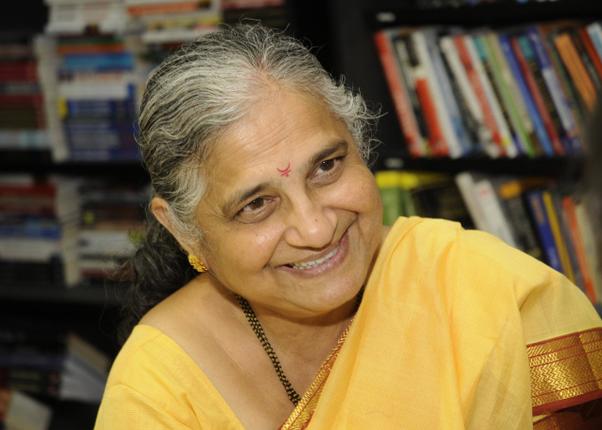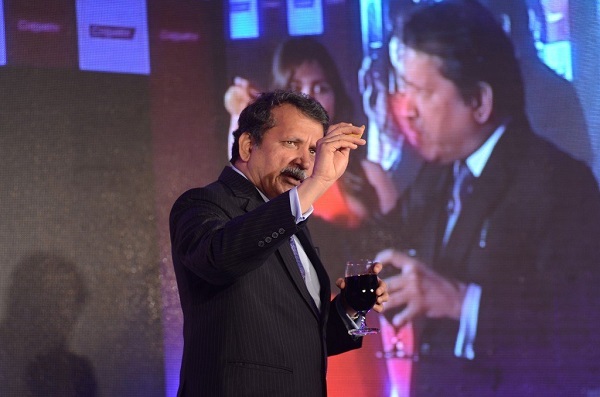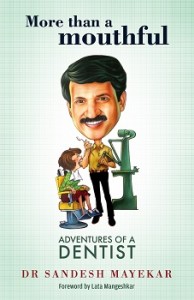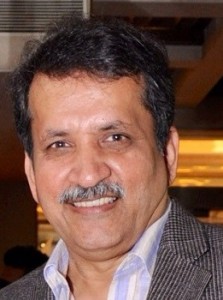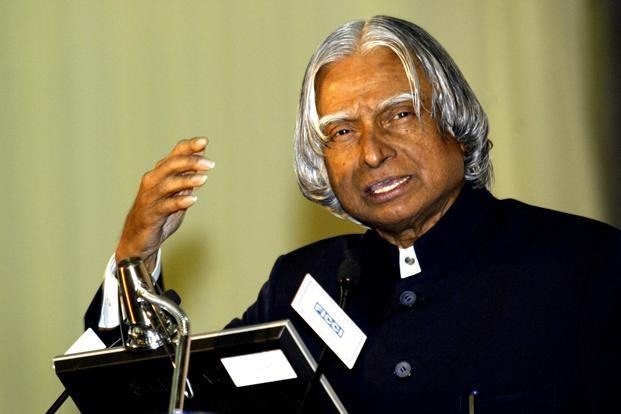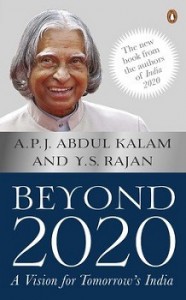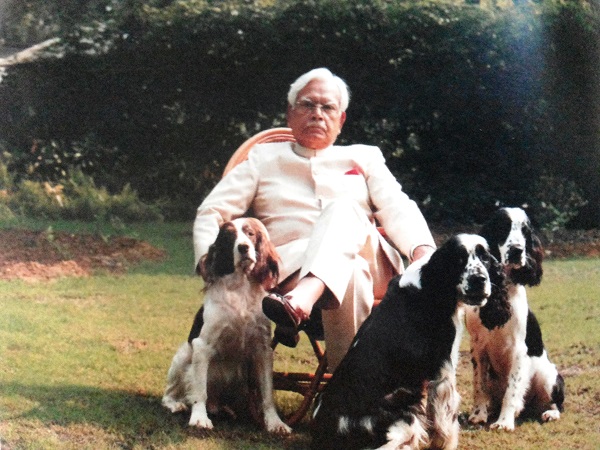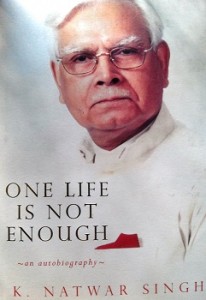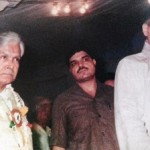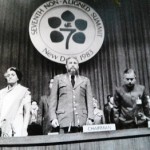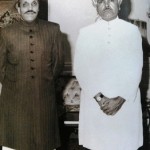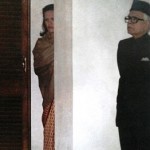Sudha Murty’s ‘Something Happened On The Way To Heaven’ is a must read if you are looking to reaffirm your faith in human goodness.
by Ritika Bhandari Parekh
When famous comedian Robin Williams died, his fans mourned the tragic news. But the shocking part was that he ended his life after a long history of depression. As a stand-up comedian and an actor, Williams must have been surrounded by his fellow colleagues most of the time. And yet, he chose to give up on life after making the world smile.
It is strange and confusing to understand that despite all the riches in the world, one only needs a fellow being’s hand, for comfort and support to survive. A YouTube video about a girl shaming her molester gets the highest likes because it echoes every youth’s stand against the wrong. So in a world where according to mythology we are living in the Kalyug era, it has increasingly become difficult to affirm and reaffirm our faith in humans and humanity. As consumerism becomes a way of life, finding life’s simpler joys is a treat in itself.
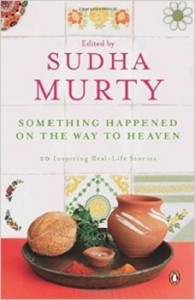 Reading Something Happened On The Way To Heaven, edited by Sudha Murty, brings together the varied facets of the human mind and heart which leave us fascinated. Scanning over 1,000 real-life stories, Murty coherently puts together 20 inspiring tales for the reader to enjoy. She hopes the experiences of the individual writers’ reignites our passion for living the beautiful life we have inherited and are about to make.
Reading Something Happened On The Way To Heaven, edited by Sudha Murty, brings together the varied facets of the human mind and heart which leave us fascinated. Scanning over 1,000 real-life stories, Murty coherently puts together 20 inspiring tales for the reader to enjoy. She hopes the experiences of the individual writers’ reignites our passion for living the beautiful life we have inherited and are about to make.
The stories weave a tapestry of desi emotions from Kerala to Orissa. Just like the Mumbai local trains, it traverses South Mumbai to suburban Lokhandwala. The themes of the selected submissions ranges from understanding the true quality of unspoken love among elders, to finding the courage to speak the truth as it is. An Alzheimer’s-stricken grandfather, a morally right plastic surgeon, a Dhaka girl from the Partition era…these are some of the interesting people you will read about in this book.
With an easy style, the book is easy to devour in a single sitting. The stories in the book adhere to the saying that ‘Truth is stranger than fiction’. So while the rebellious youth will understand about life from the experiences of their seniors, the elders will take heart from the caring nature of the younger generation which lives in the mobile era but still believes in love and togetherness.
Murty has caringly put the 20 stories together, which to a dancer’s heart resonates the 9 rasas (emotions). From giving a new and subtle meaning to Shringara, the emotion of love to bringing an evolution-like tale from the boroughs of nature and making us feel Adbhuta, the emotion of surprise. My personal favourite is ‘The Dhaka Girl’ story, which has innuendos of our communal history and yet makes the saying ‘ What goes around, comes around’ ring true.
Rating: 4 out of 5. Buy a copy of the book here.
(Picture courtesy www.amazon.in, www.thehindu.com)
